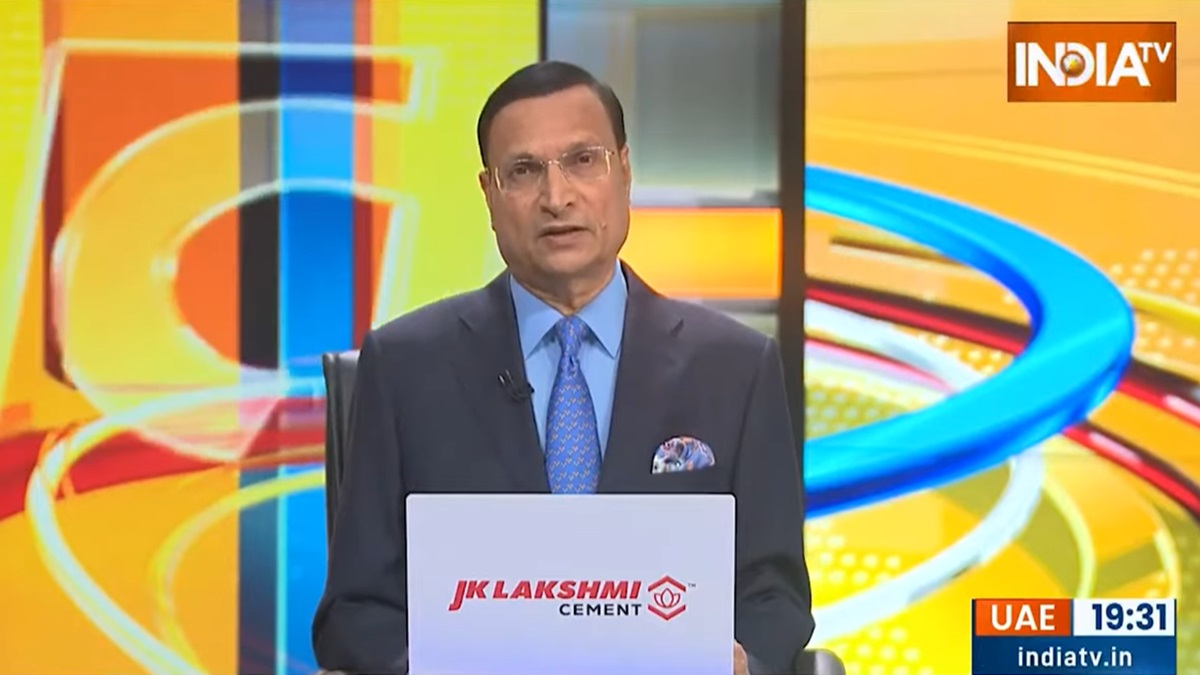 |
|
The recent comments made by Congress President Mallikarjun Kharge regarding the Maha Kumbh Mela have ignited a significant political debate in India. Kharge's statement, delivered at a rally in Mhow, Madhya Pradesh, questioned the efficacy of the religious gathering in alleviating poverty, prompting a swift and strong response from the Bharatiya Janata Party (BJP). His remarks, made with Rahul Gandhi present, suggested that the focus on the Kumbh Mela and the ritualistic holy dips were a distraction from more pressing societal issues such as poverty, lack of education, and inadequate governance. Kharge's statement, while intending to highlight these crucial social and economic challenges, inadvertently struck a sensitive chord with many Hindus, leading to widespread criticism and accusations of disrespect towards religious beliefs and traditions.
The BJP's response was immediate and forceful. Party spokesperson Sambit Patra characterized Kharge's statement as an insult to Sanatan Dharma (Hinduism) and Mother Ganga, the sacred river. Patra further challenged Kharge, Rahul Gandhi, and Sonia Gandhi to apply the same critique to other religious practices, suggesting a perceived double standard in their approach. This counter-argument highlighted the political implications of Kharge's comments, transforming a seemingly straightforward critique into a significant political clash. The BJP's response skillfully framed the issue as a matter of religious sensitivity, effectively mobilizing its base and shifting the narrative away from the core issue of poverty and social inequality.
The author of the article, in response to the controversy, proposes a different approach. Rather than engaging in a direct political confrontation, the author suggests that Kharge should visit the Kumbh Mela himself. This suggestion stems from a desire to foster understanding and to potentially bridge the gap between the perceived disconnect between Kharge's perspective and the reality experienced by many participants and beneficiaries of the Kumbh Mela. The author highlights the economic benefits generated by the Mela, citing estimates of significant revenue generation for local businesses and entrepreneurs. This perspective counters Kharge's critique by emphasizing the economic opportunities the Kumbh Mela creates, albeit temporarily, for many individuals, ranging from tea sellers to shopkeepers and tent arrangers.
The author also underscores the social unity observed at the Kumbh Mela, noting the diverse participation of people from all walks of life, irrespective of their socio-economic background. This observation directly challenges the implicit assumption in Kharge's statement that the Kumbh Mela is solely a gathering of the affluent. By emphasizing the presence of farmers, laborers, professionals, and others, the author paints a picture of inclusive participation, suggesting that the Mela transcends class divisions. This point attempts to provide a counter-narrative to the potentially divisive implications of Kharge's criticism. The inclusion of a counter-argument that highlights the large-scale economic activity at the Kumbh, alongside the social harmony and participation, provides a more nuanced perspective, acknowledging both the criticisms and the realities of the event.
The author further contends that Kharge's statement has inadvertently provided the BJP with an opportunity to raise similar questions about other religious practices, potentially escalating the debate and causing further polarization. This point suggests that Kharge's comments, while intended to address critical societal issues, have been strategically utilized by the BJP to shift the focus and create a diversion. By raising the issue of comparable criticisms leveled against other religious observances, the author underscores the broader political context of the controversy, emphasizing the potential for misinterpretations and the delicate nature of religious discourse in the Indian political landscape.
Ultimately, the author concludes by advocating for a more conciliatory approach. The recommendation that Kharge visit the Kumbh Mela and personally witness the event is presented as a means to promote better understanding and avoid further exacerbating tensions. This appeal for empathy and firsthand experience reflects a desire to de-escalate the situation and encourage a more nuanced and balanced perspective. The overall tone suggests that a better understanding of the Kumbh Mela and its impact, through direct experience rather than solely through a critical lens, could provide valuable insights and potentially lead to more productive conversations on the complex interplay between religion, economics, and social justice in India.
The article's narrative reveals a multifaceted political and social conflict. It illustrates the delicate balance between addressing social inequalities and respecting religious sentiments, highlighting the challenges of political discourse in a diverse and deeply religious nation. The controversy surrounding Kharge's statement also exposes the strategic use of religious rhetoric in political maneuvering, demonstrating how seemingly simple statements can escalate into major political battles. The suggested resolution of a personal visit to the Kumbh Mela highlights the need for bridging divides through direct engagement and understanding rather than relying solely on pre-conceived notions or political rhetoric.
Source: OPINION | Benefits of Maha Kumbh: Mallikarjun Kharge should go and take a dip
